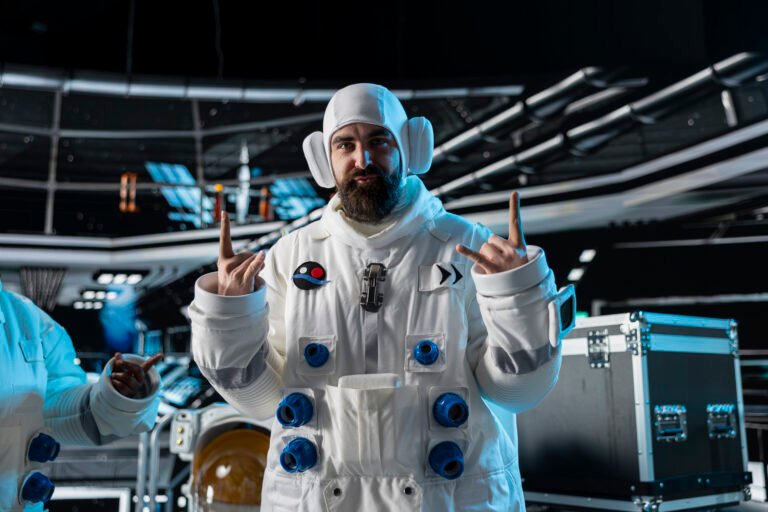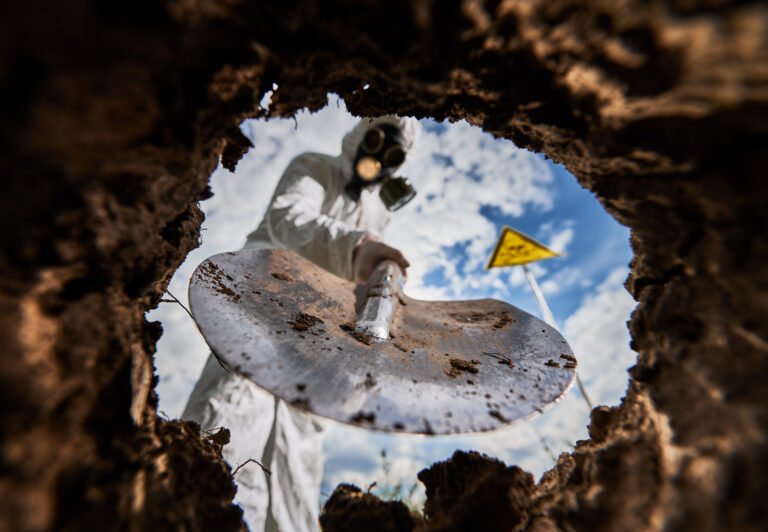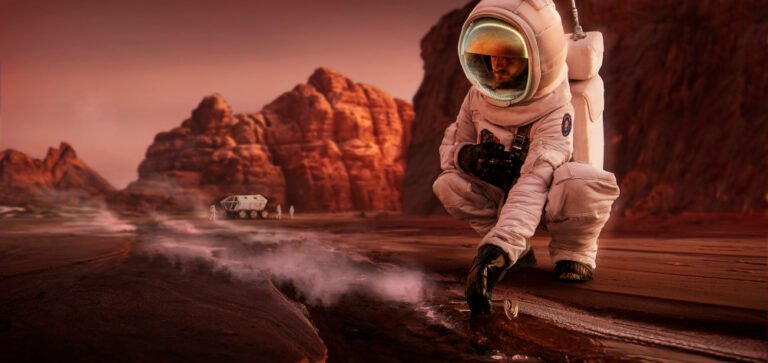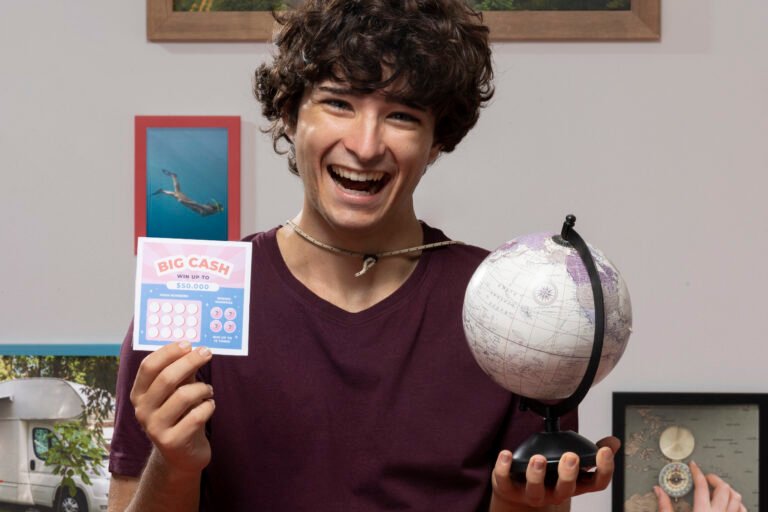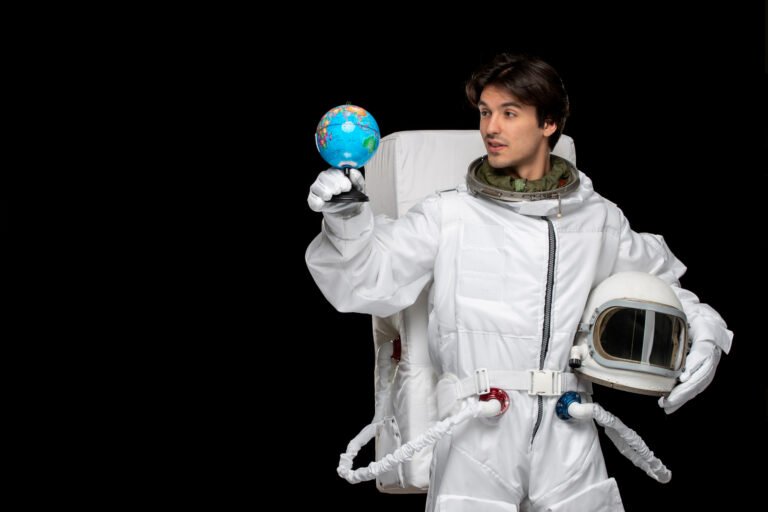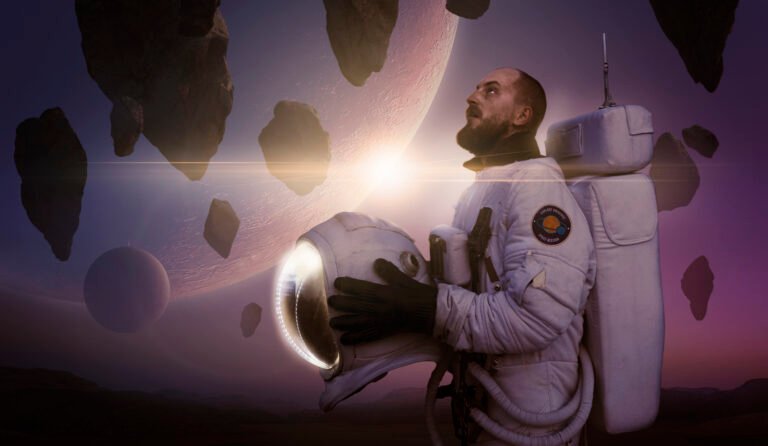5 Celebrity Space Tourists Who Changed the Future of Travel
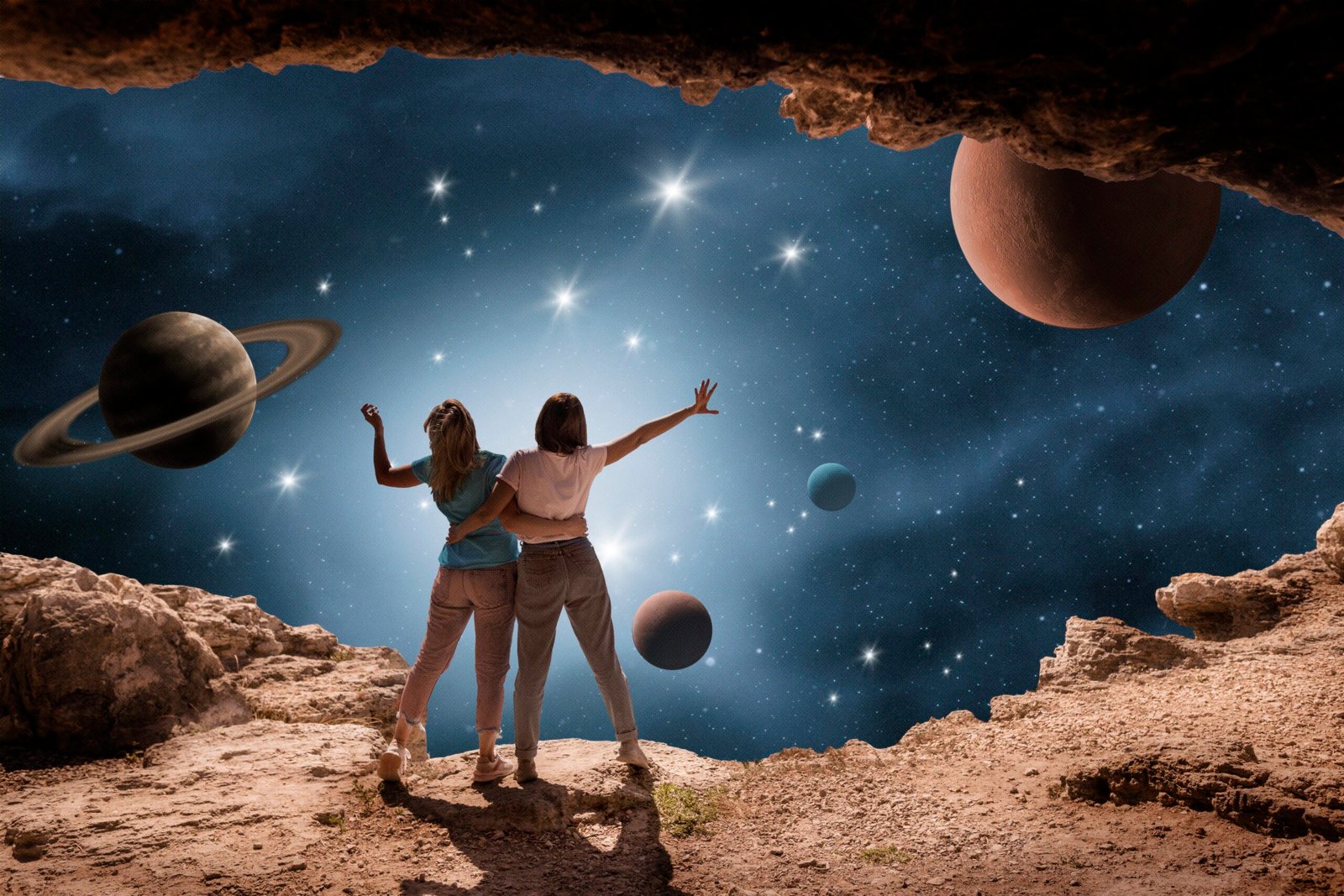
Space travel used to live solely in the realm of astronauts, mission patches and government budgets. Today, the word “tourist” sits comfortably next to “space” — and a surprising cast of well-known faces helped push it there. From the world’s first self-funded orbital visitor to pop-culture icons and billionaire founders who took their companies (and reputations) on test flights, these celebrity space tourists didn’t just enjoy a once-in-a-lifetime thrill — they changed public perception, unlocked new business models, and accelerated an industry that’s turning the fantasy of commercial space travel into a buyer’s market. Below we profile five such figures, explain exactly how they influenced the future of travel, and give you a practical look at what their flights mean for anyone who dreams of going to the stars.
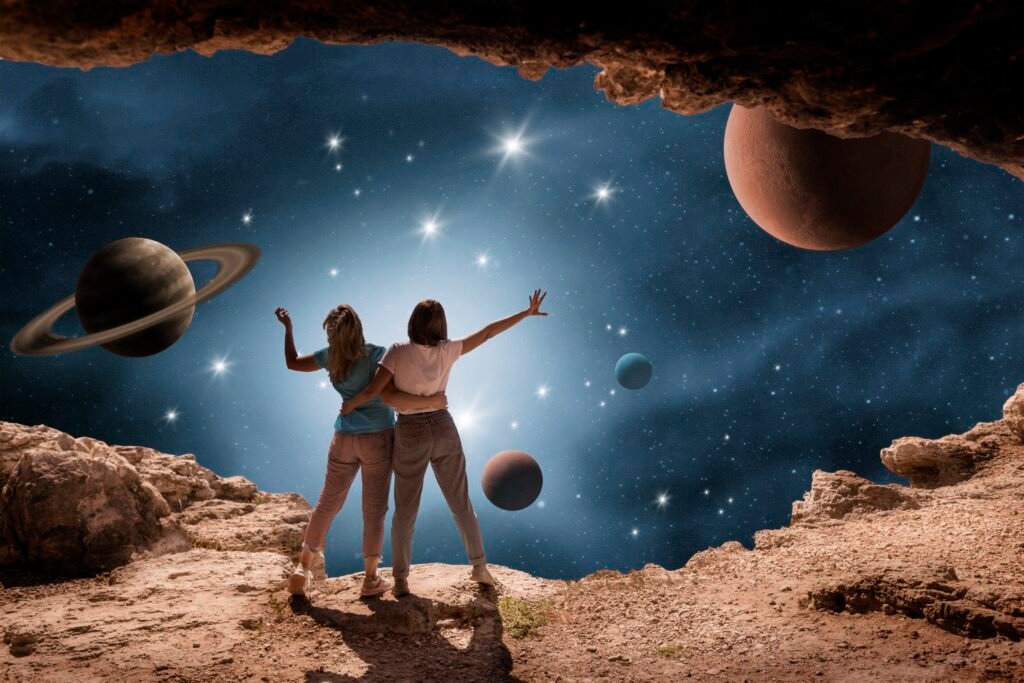
Table of Contents
1. Why celebrity space tourists matter
Celebrity influence is social jet fuel. When a famous face goes to space — whether a Hollywood star, a bestselling author, or a billionaire entrepreneur — the event ripples across mainstream media, investor circles, regulators and the public imagination. These “celebrity space tourists” provide three crucial roles for the nascent industry:
- Attention: Global press coverage turns obscure engineering milestones into household stories.
- Market validation: High-profile passengers signal demand — and justify investment.
- Narrative framing: Celebrities shape how space is talked about — luxury, adventure, science, charity, or PR.
Those three forces pull private companies, governments and regulators toward faster development cycles and new business models. The five people profiled below are each seminal for different reasons: some were pioneers, some were promoters, and all left a mark.
2. Quick facts table: the five trailblazers
| Name | Flight date (key) | Vehicle / Operator | Why they mattered |
|---|---|---|---|
| Dennis Tito | April 2001 | Soyuz TM-32 to ISS (Space Adventures brokered) | First self-funded orbital space tourist; proved private citizens could access orbit. Wikipedia |
| Anousheh Ansari | Sept 18, 2006 | Soyuz TMA-9 to ISS | First self-funded woman/private female spaceflight participant — a high-visibility symbol for inclusion. Wikipedia |
| Guy Laliberté | Sept 30, 2009 | Soyuz TMA-16 to ISS | Artist-entrepreneur who used flight for environmental and humanitarian messaging. Wikipedia |
| Richard Branson | July 11, 2021 | VSS Unity (Virgin Galactic) | Founder flew his own vehicle — major PR boost for commercial suborbital travel and ticket sales. Wikipedia |
| William Shatner | Oct 13, 2021 | New Shepard (Blue Origin) | Cultural icon whose flight reframed space travel for older audiences and mainstream entertainment. The Guardian |
3. Dennis Tito — the pioneer who paid to go to orbit
Dennis Tito is often described as the world’s first space tourist — and for good reason. In April 2001 the American entrepreneur financed his trip aboard a Russian Soyuz spacecraft to visit the International Space Station. The flight, arranged through the private broker Space Adventures, cost millions and lasted about a week — but its symbolic cost was larger: Tito proved that private citizens could reach orbit if they had the will and the wallet. That single trip changed how governments, private firms and the public thought about access to low Earth orbit and inspired subsequent private arrangements and training programs. Wikipedia
Impact takeaway: Tito transformed the idea of “who gets to go to the ISS” — making it plausible for non-governmental riders and inaugurating a market the industry could target.
4. Anousheh Ansari — first self-funded woman, an inclusive narrative
Anousheh Ansari’s flight in 2006 did more than mark another private visit to the ISS. As the first self-funded woman and the first person of Iranian descent to travel to space, Ansari’s journey carried social and cultural significance. She used her visibility to promote science education and inspire girls and young women worldwide, particularly in communities where space careers felt out of reach. While she has described herself as a spaceflight participant rather than a tourist, her high-profile presence in the private flight era highlighted space travel’s potential as both an educational platform and a symbol of global inclusion. Wikipedia
Impact takeaway: Ansari reframed private spaceflight as not purely a playground for wealthy men, spotlighting inclusion and mission-driven messaging.
5. Guy Laliberté — an artist took the stage (and the view)
Guy Laliberté — the flamboyant founder of Cirque du Soleil — paid for a Soyuz seat in 2009 and orchestrated a multi-city artistic program tied to his mission. His spaceflight combined performance, spectacle and advocacy (he framed parts of his mission to raise awareness for water-related issues). Laliberté’s trip showed that space can be a stage for creative expression and cause-driven storytelling — not just science or tourism — and that the platform of spaceflight could be harnessed for global campaigns and multimedia events. Wikipedia
Impact takeaway: Laliberté broadened the idea of what someone could do from orbit — transforming space into a platform for art, activism and global spectacle.
6. Richard Branson — founder-as-passenger and the acceleration of suborbital tourism
When Richard Branson boarded Virgin Galactic’s VSS Unity in July 2021, the message was unmissable: the founder was willing to be a customer of his own product. That founder-as-passenger spectacle was a commercial masterstroke — and it paid off. Branson’s flight helped rebrand suborbital travel as approachable, marketable and media-ready. His presence also forced regulators, investors and competitors to take suborbital tourism seriously as a near-term business model. The flight’s PR power helped Virgin Galactic sell seats and energized a wave of consumer interest (alongside debates about safety, commercial maturity and pricing). Wikipedia
Impact takeaway: Branson turned promotional theater into a business accelerator, helping move suborbital space tourism from tech demo to consumer product pipeline.
7. William Shatner — pop-culture validation and emotional framing
William Shatner’s Blue Origin flight in October 2021 had a poetic resonance: Captain Kirk going to real space. At 90, Shatner also became one of the oldest people ever to fly to space, and his emotional reaction after the flight — part awe, part melancholy — made headlines. Shatner’s presence helped normalize space travel in entertainment and older demographics, and it returned public attention to the cultural and humanistic side of going beyond Earth. His flight didn’t just sell tickets; it sold an emotional narrative: space travel as profound, moving, life-affirming. The Guardian
Impact takeaway: Shatner reaffirmed that celebrity flights can be narratives about meaning and emotion, not just technology or status.
8. How these flights reshaped business, media and regulation
When you add up these flights the result is not just PR — it’s an industry shift. Here are the concrete ways celebrity space tourists helped reshape the ecosystem:
8.1 Market signaling and capital flow
High-profile flights create demand signals. Investors see mainstream interest and fund startups; incumbents justify product development and commercial scaling. Branson and Shatner’s 2021 flights, for example, helped turbocharge public interest in suborbital flights and led to renewed investment conversations across the sector. Wikipedia+1
8.2 Regulatory attention and safety frameworks
Celebrity flights attract regulators’ eyeballs because they come with public scrutiny. Every high-profile launch forces aviation and space authorities to examine airspace rules, licensing, and public safety standards more closely — which accelerates formal regulatory frameworks for commercial crewed flights.
8.3 New business models & vertical integration
From Space Adventures brokering Soyuz seats to companies selling consumer tickets (Virgin Galactic’s seat reservations), celebrity visibility legitimized a range of revenue models: brokered orbital visits, suborbital thrill rides, private orbital missions, and eventually dedicated space hotels and orbital experiences.
8.4 Cultural normalization & storytelling
Celebrities convert niche tech stories into human narratives. Shatner’s tears, Laliberté’s art, or Ansari’s outreach create cultural frames that make “space travel” feel real, relatable, and — crucially — something ordinary people can imagine for themselves.
9. What it means for the future traveler — practical guide & tips
Thinking about booking a flight someday? Here’s a short, practical primer that distills what celebrity flights teach us and what matters if you want to be a future space tourist.
9.1 Know the types of commercial flights
- Suborbital (minutes in space): e.g., Virgin Galactic, Blue Origin — a short ride above the Kármán line with a few minutes of weightlessness. Great for a “taste” of space. Wikipedia
- Orbital visits (days to weeks): e.g., Soyuz missions brokered by Space Adventures, or private Crew Dragon missions — far more complex and expensive. Wikipedia
- Private modules / upcoming hotels: still emergent; expect multi-night stays and higher price tags.
9.2 Budget expectations (very rough)
- Suborbital seats have been listed in the hundreds of thousands of dollars (Virgin Galactic early reservation figures were announced around $250k–$450k per seat). Orbital visits historically ran into the tens of millions. Prices will decline with scale but expect a long runway. Wikipedia
9.3 Health & training
Expect multi-week training even for suborbital flights (safety briefings, G-force tolerance prep). Orbital flights require longer training and medical screening. Celebrities typically go through intensive training to be safe and media-ready. Wikipedia
9.4 Questions to ask providers
- What safety record and regulatory approvals does the operator have?
- What refunds and insurance are included?
- What’s the exact flight profile (altitude, G-loads, duration)?
- How are medical issues handled pre- and post-flight?
9.5 Tips from the celebrity era
- Expect surprise PR: Celebrity flights are often used as marketing milestones — which can accelerate timelines but also add public scrutiny.
- Consider mission purpose: Many flights now include research, outreach, or art projects — pick flights that align with what you want to accomplish.
- Document responsibly: If you plan to film your experience, know the operator’s rules and permissions in advance.
10. FAQs — (5 to 7, concise & SEO-friendly)
Q1: Who was the first celebrity space tourist?
A1: Dennis Tito is widely recognized as the world’s first self-funded orbital space tourist after his April 2001 trip to the ISS. Wikipedia
Q2: Are celebrity space flights just PR stunts?
A2: While PR plays a part, celebrity flights also provide market validation, attract investment and accelerate regulation — all of which help commercial space travel mature. Wikipedia
Q3: Did any celebrities use their flights for causes?
A3: Yes — Guy Laliberté, for example, used his 2009 mission to raise awareness about water issues and staged artistic events tied to his flight. Wikipedia
Q4: Do celebrity flights make space travel safer or riskier?
A4: They increase scrutiny, which tends to push regulators and companies toward higher safety transparency — but rapid publicity can also accelerate commercialization pressure. Overall, scrutiny mostly helps formalize safety standards.
Q5: How long until space tourism is affordable for more people?
A5: Hard to predict. Prices may fall over decades as launch cadence increases and technology matures. Celebrity flights helped start the market, but democratization depends on scale, regulation and continuous cost reductions.
Q6: Will celebrities keep going to space?
A6: Likely yes. As services expand (orbital hotels, longer missions, specialized experiences), celebrities will remain visible customers and content creators — continuing to shape public demand.
11. Conclusion — stars, stories, and the new travel industry
Celebrity space tourists performed a kind of social engineering: they rewired public imagination, opened investor wallets, forced regulators to act and gave entrepreneurs the social license to sell space as an experience. Dennis Tito showed the world that orbit could be accessed privately; Anousheh Ansari broadened the story to include women and global communities; Guy Laliberté demonstrated space as a platform for art and activism; Richard Branson and William Shatner turned founder-led PR and pop-culture resonance into powerful accelerants for commercial plans. Together, these celebrity flights helped transform space from an elite government domain into a burgeoning travel market — one that’s still early, imperfect, and full of entrepreneurial drama.

